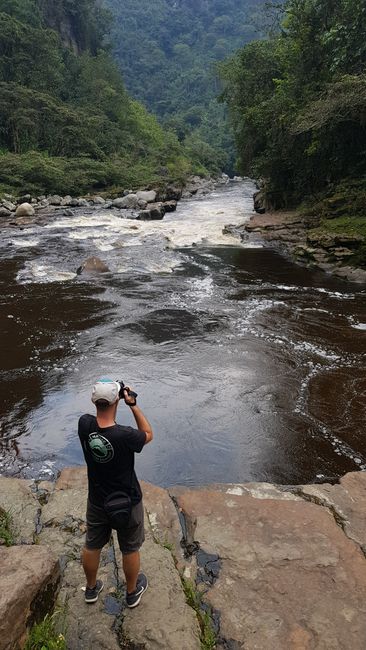
flog
vakantio.de/flog
Back from the bush - the Kruger National Park
Uñt’ayata: 13.07.2018
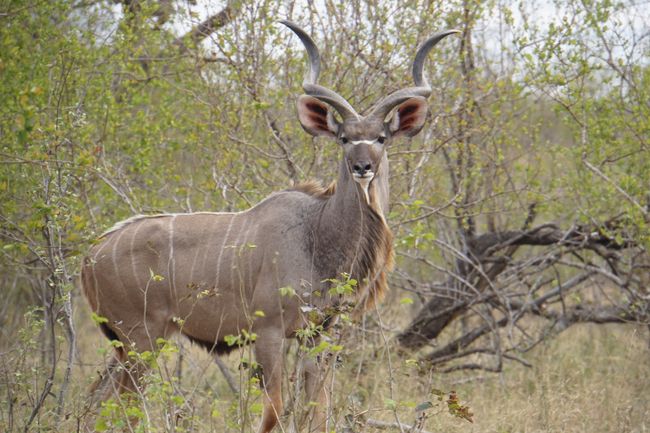
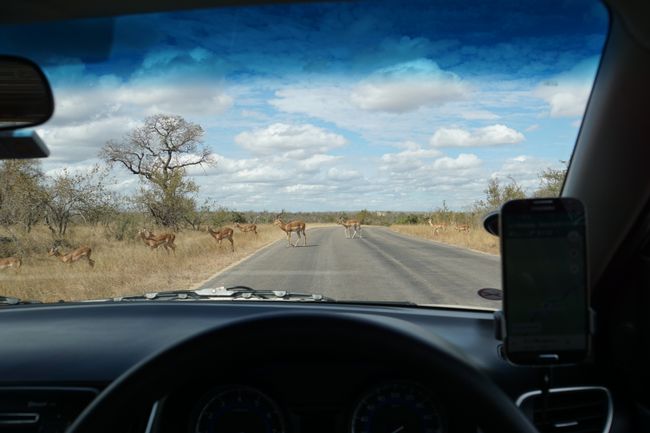
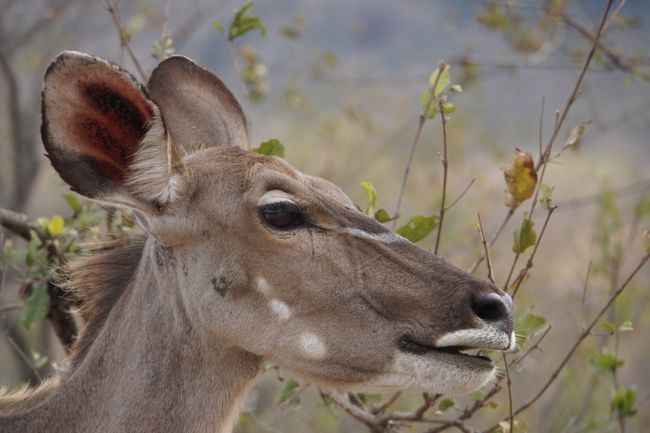
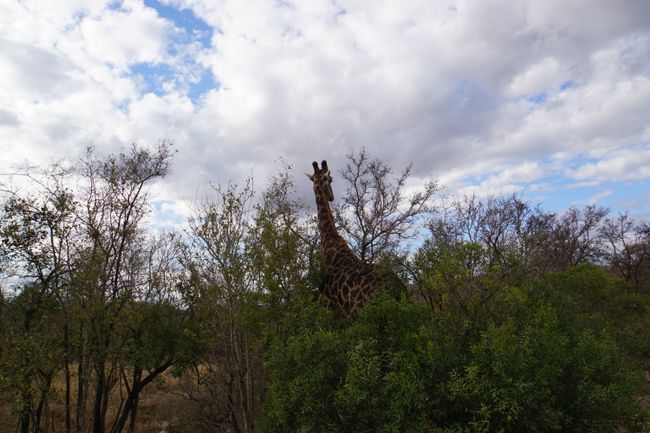
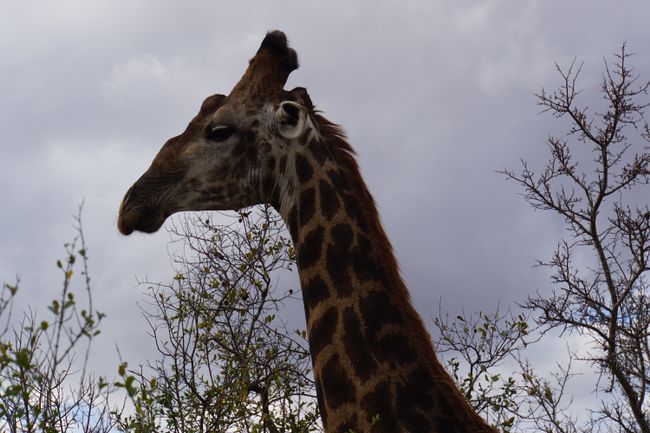
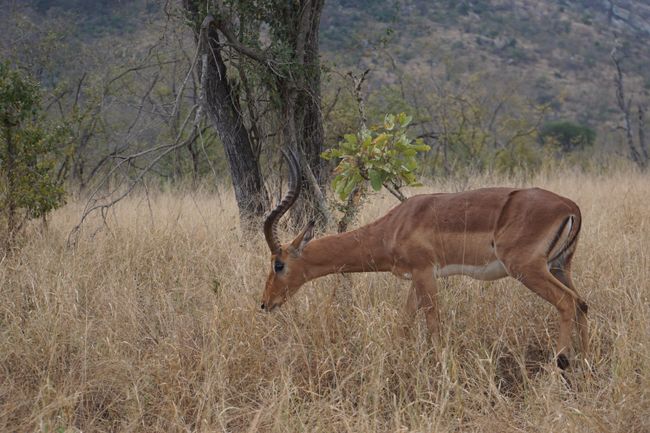
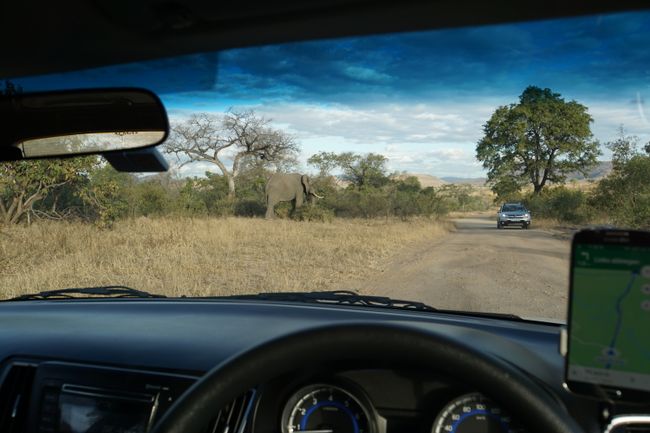
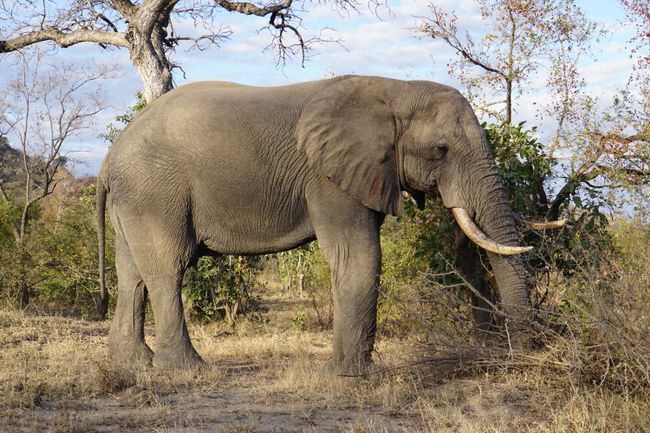
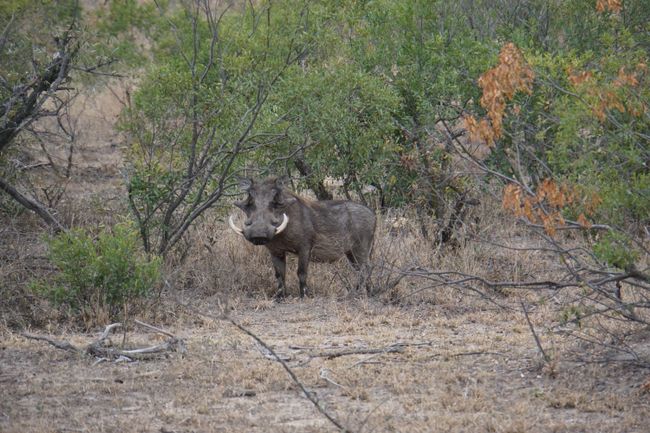
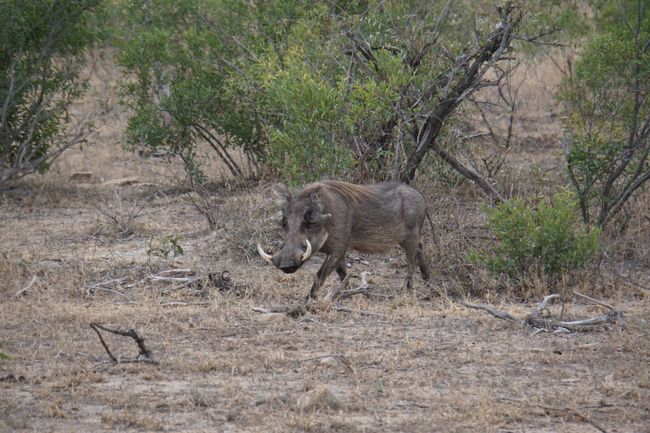
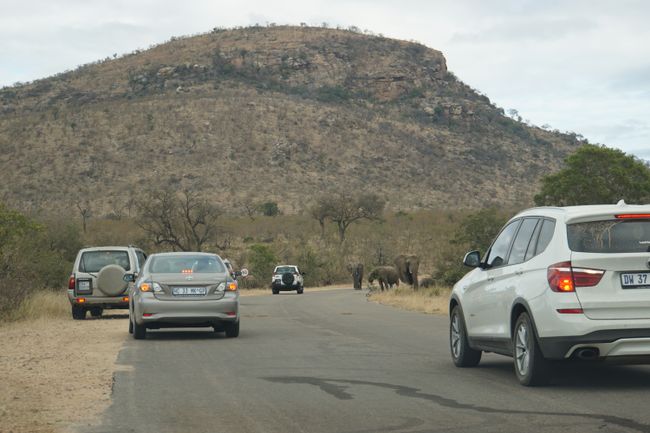
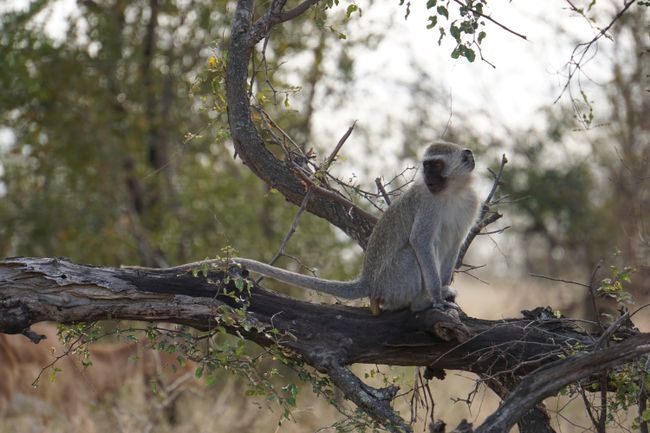
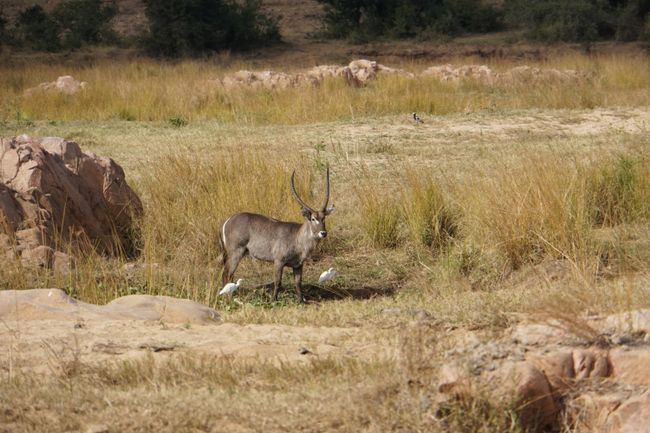
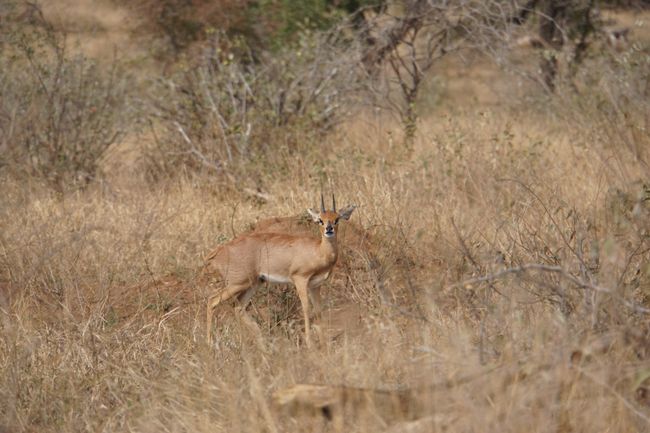
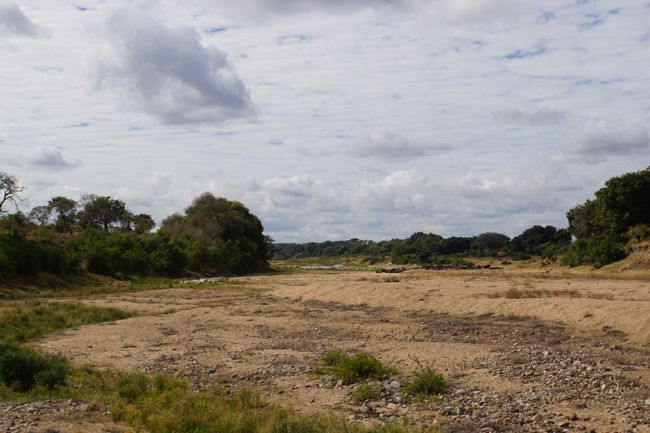
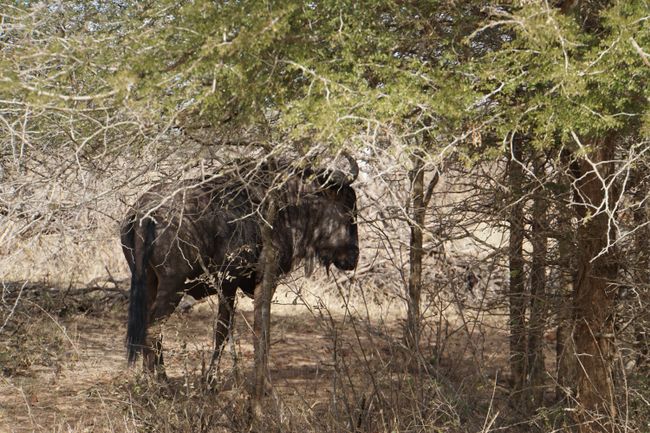
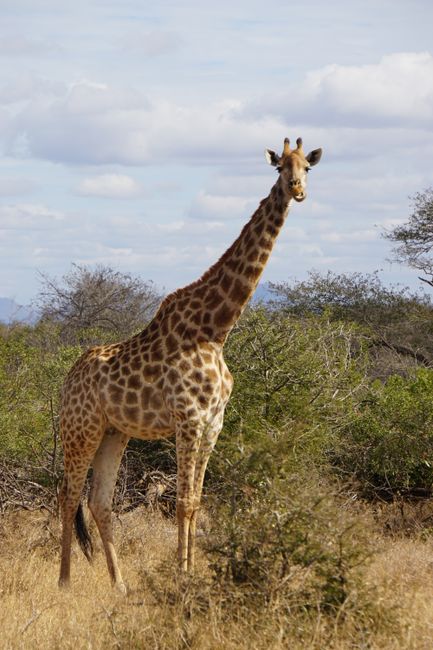
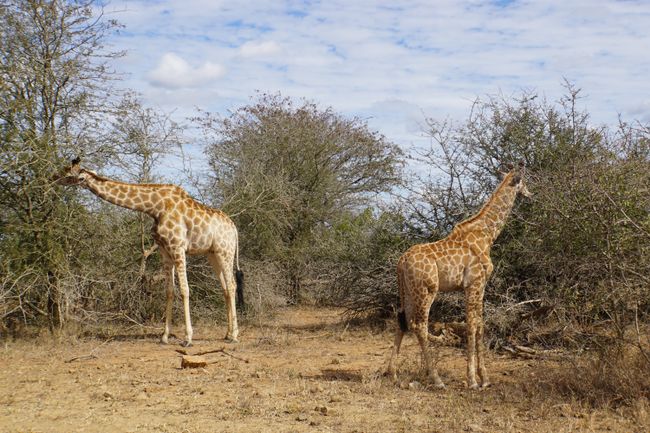
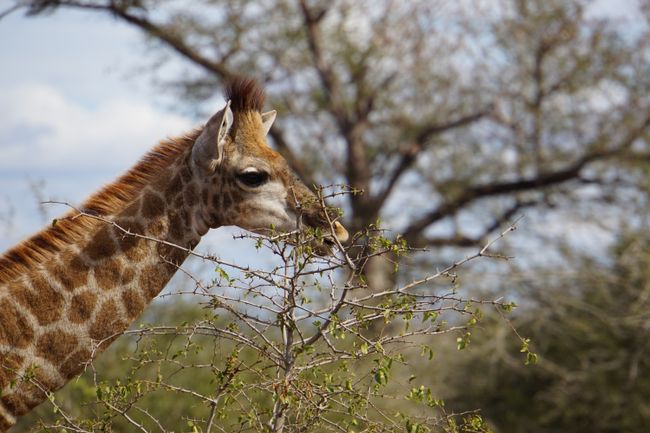
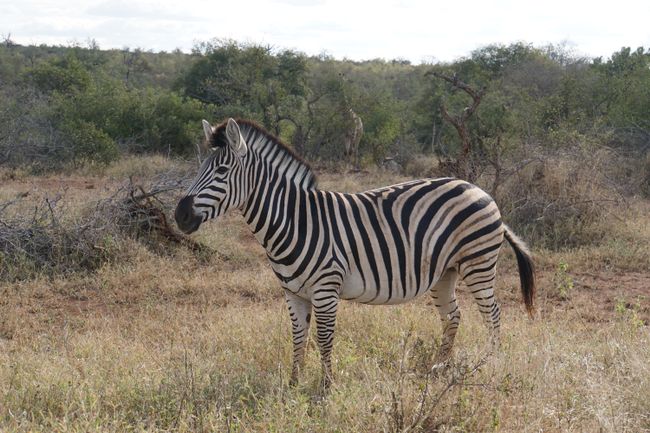
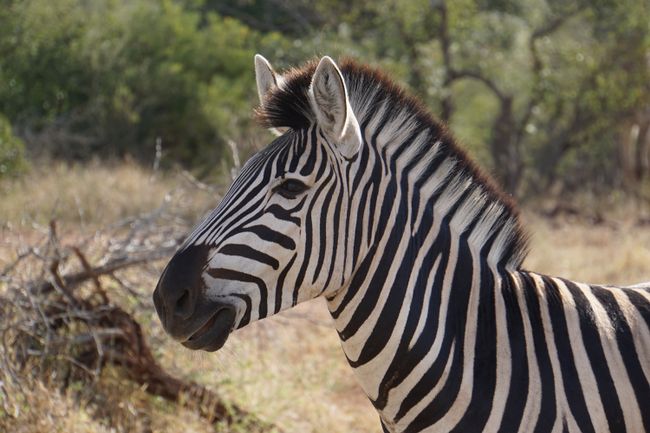
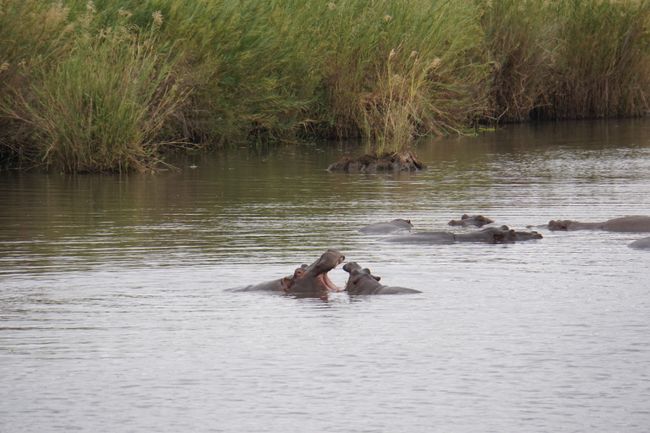
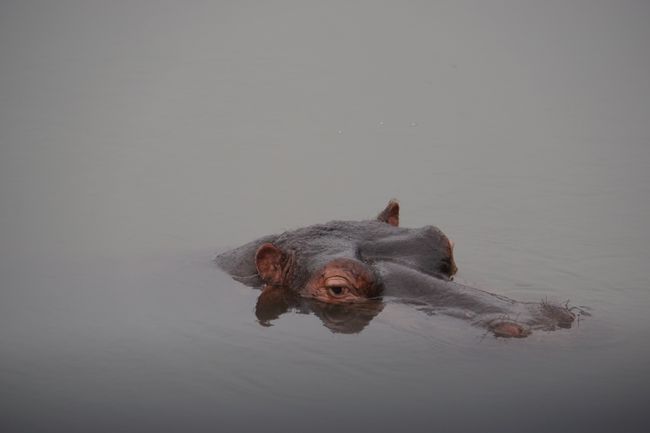
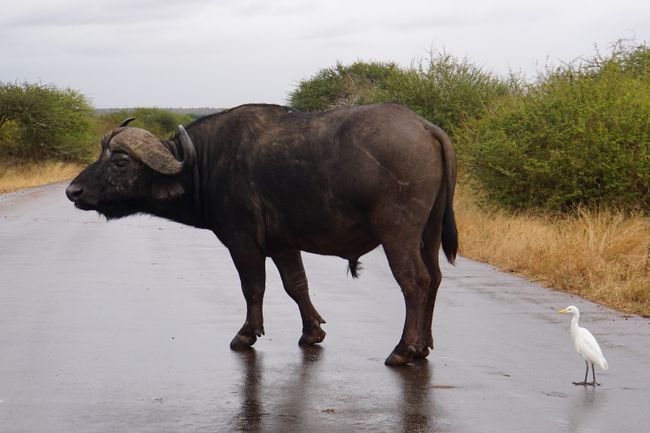
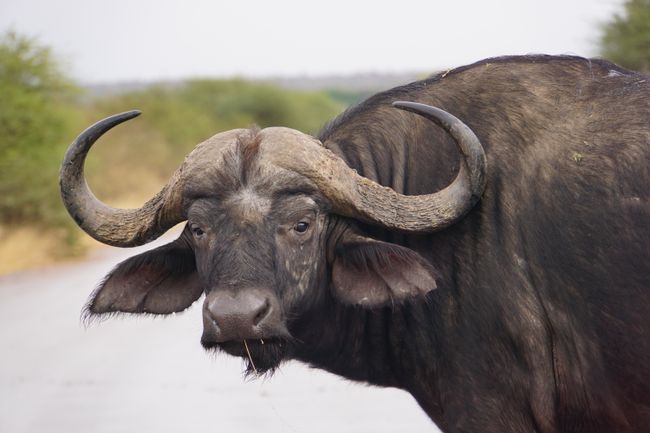
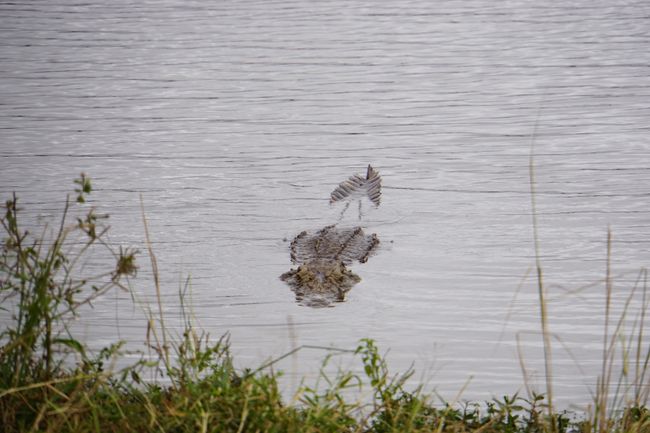
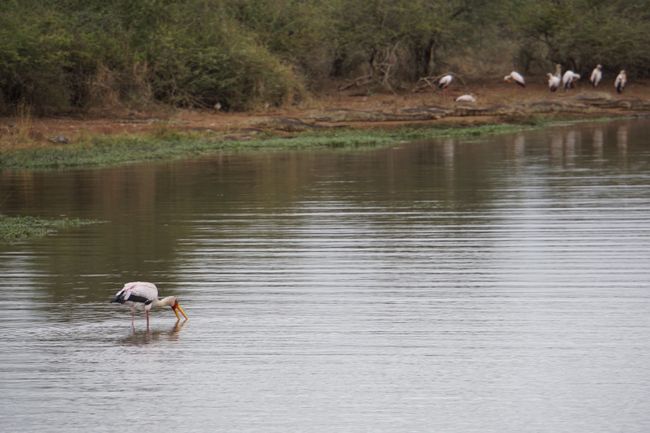
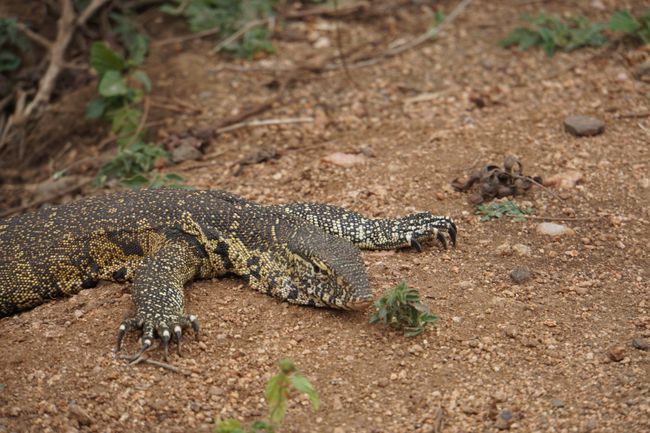
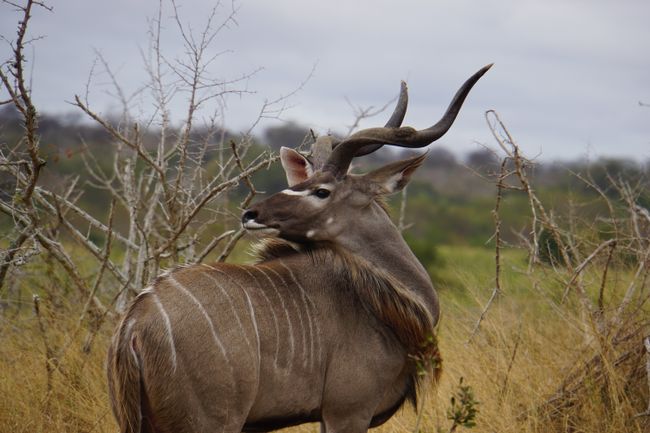
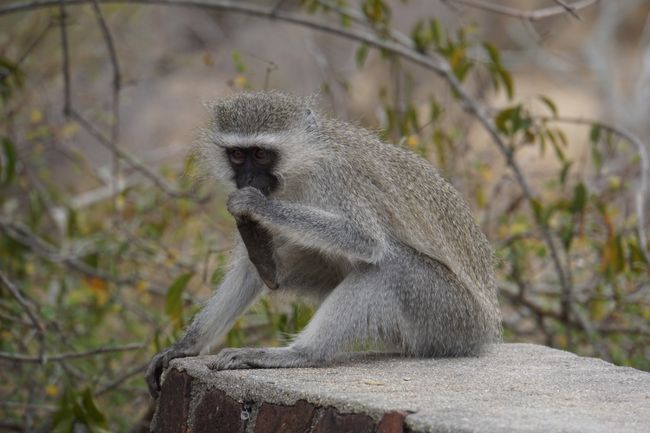
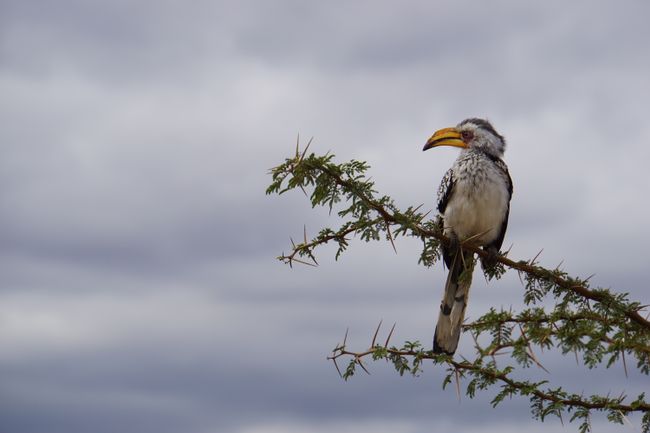
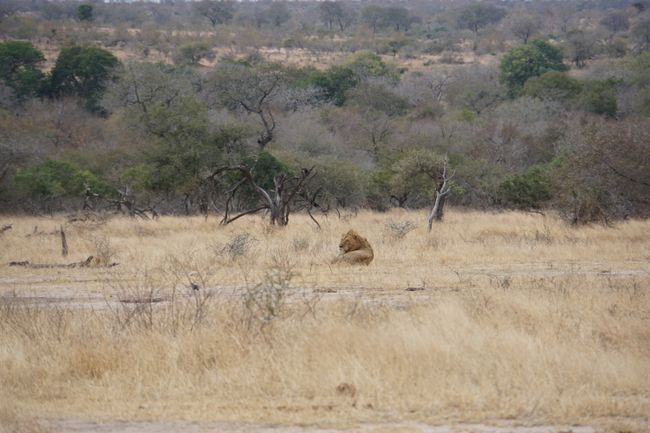
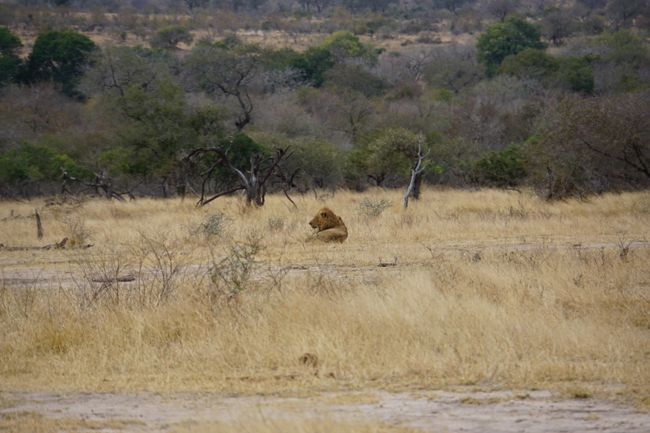
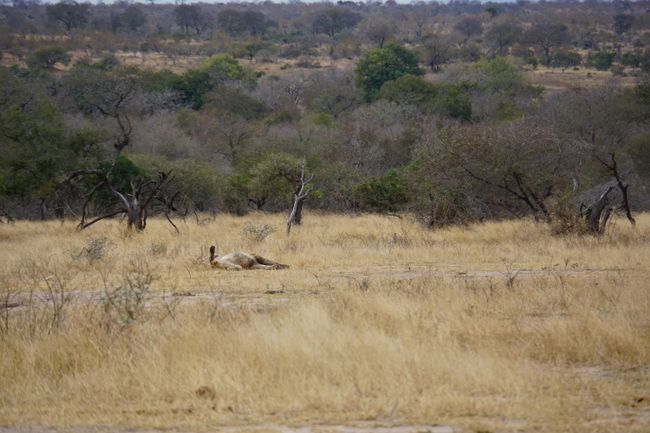
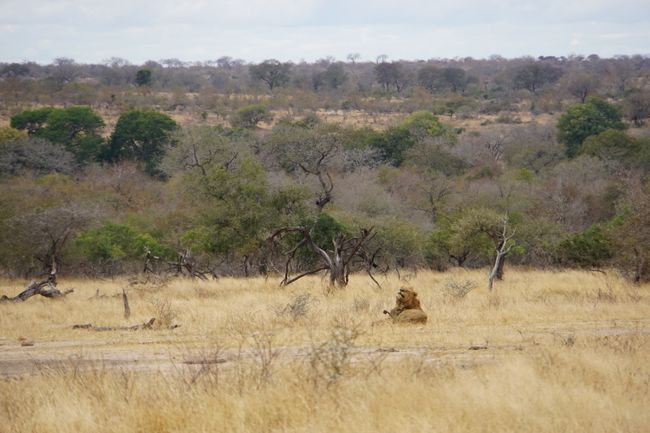
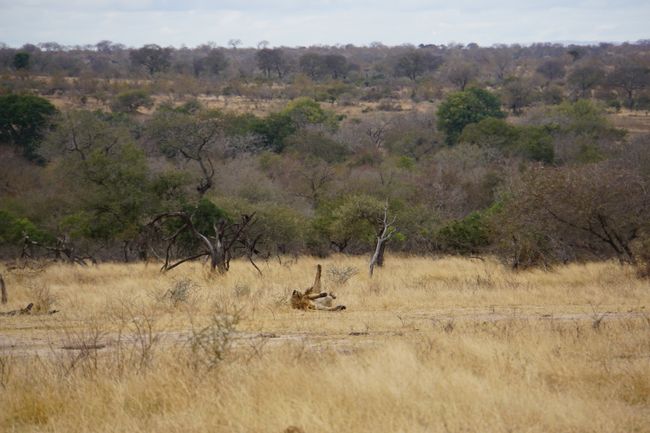
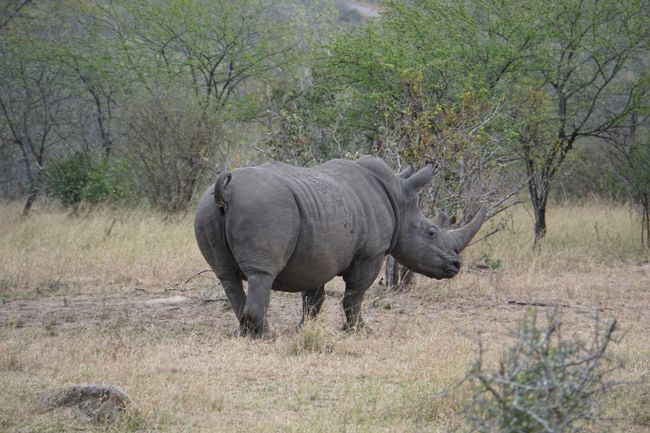
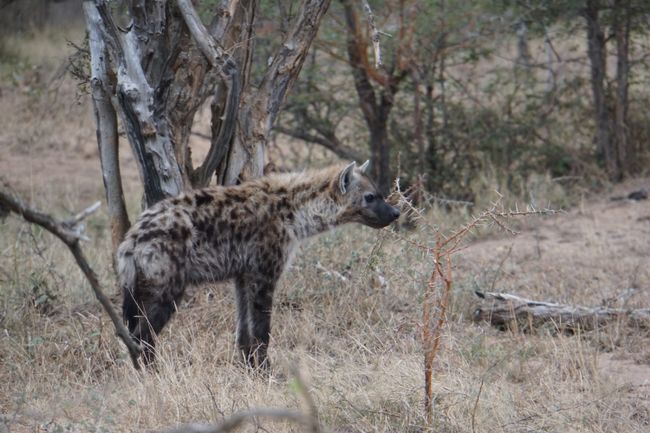
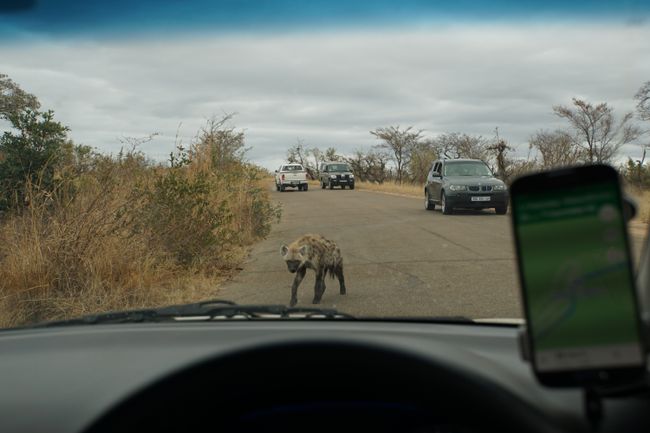
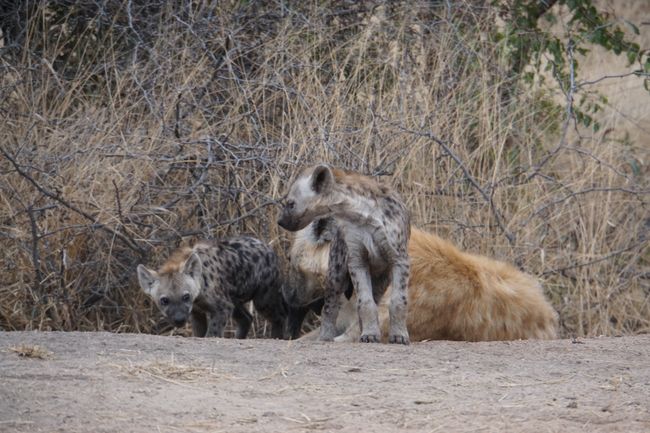
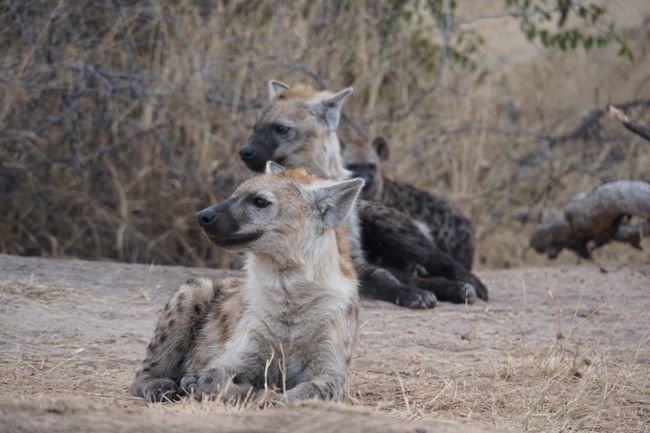
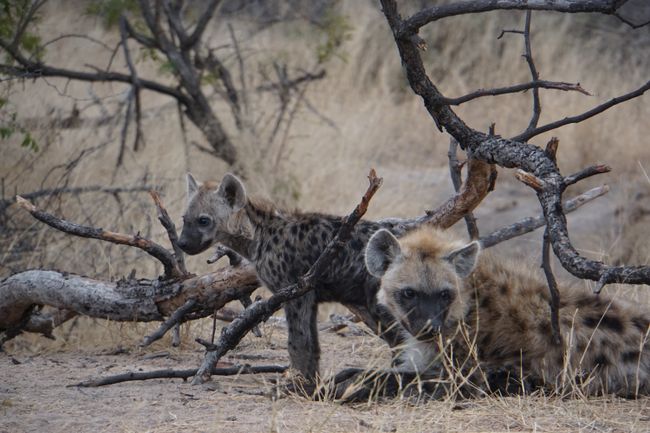
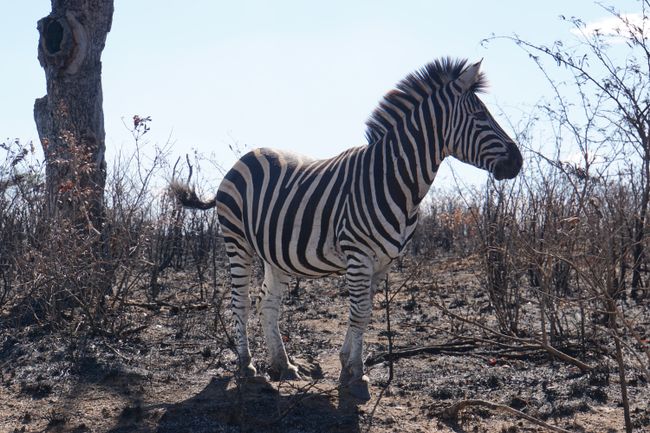
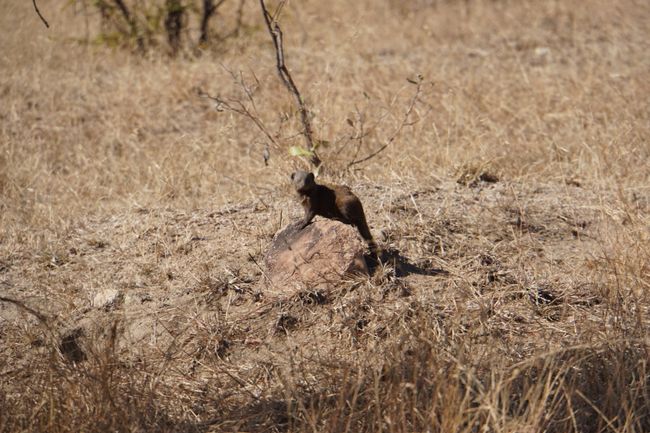
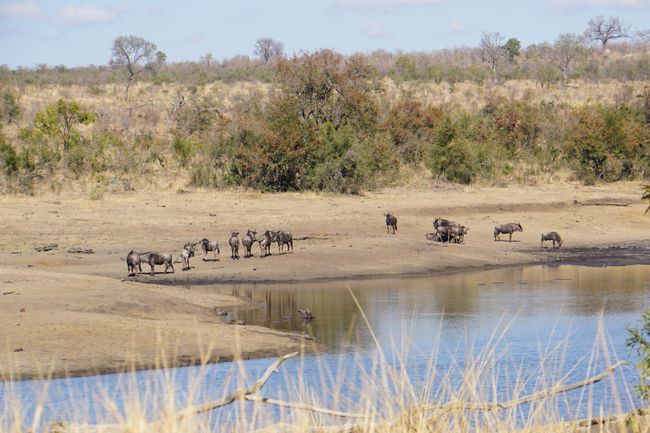
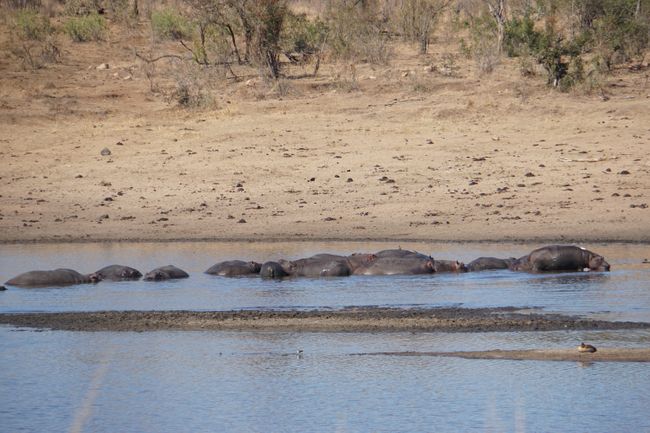
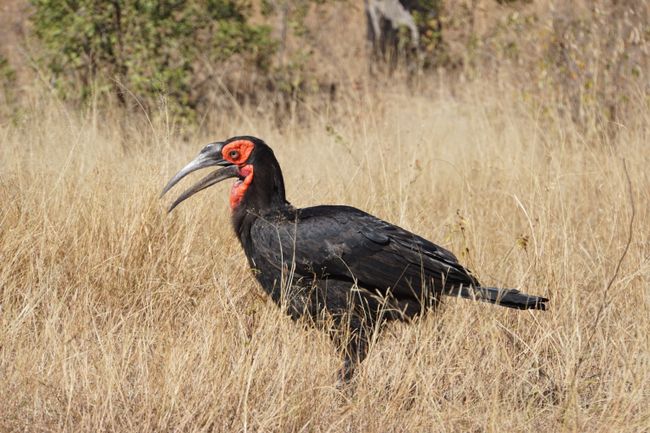
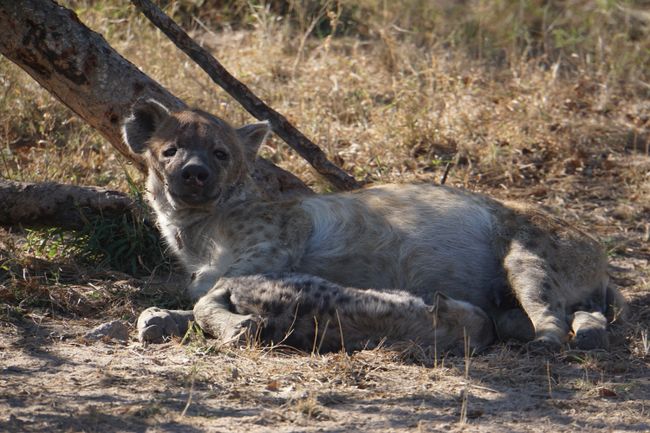
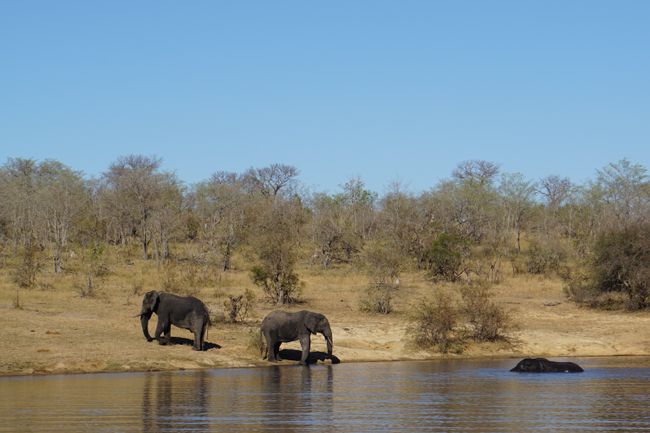
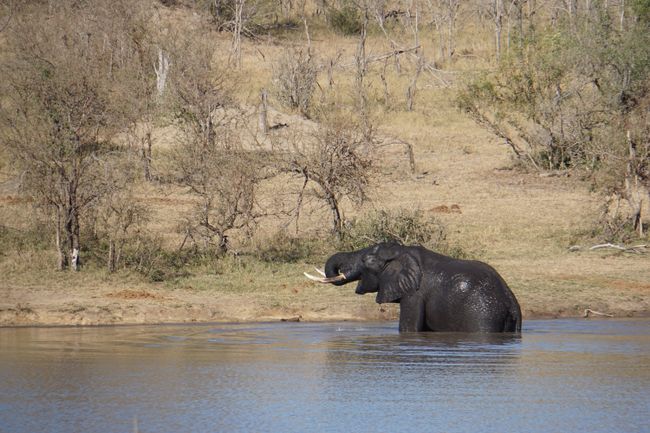
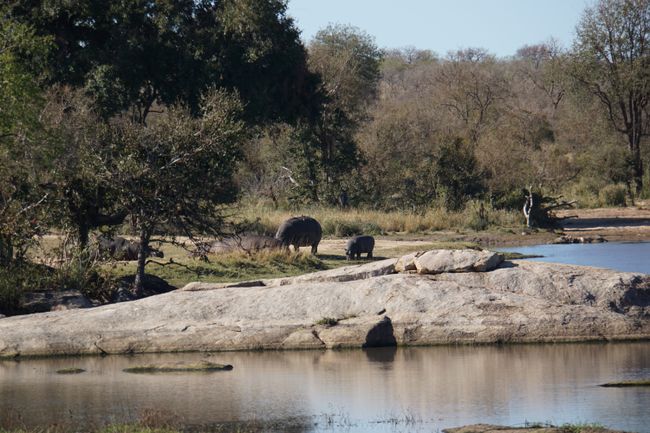
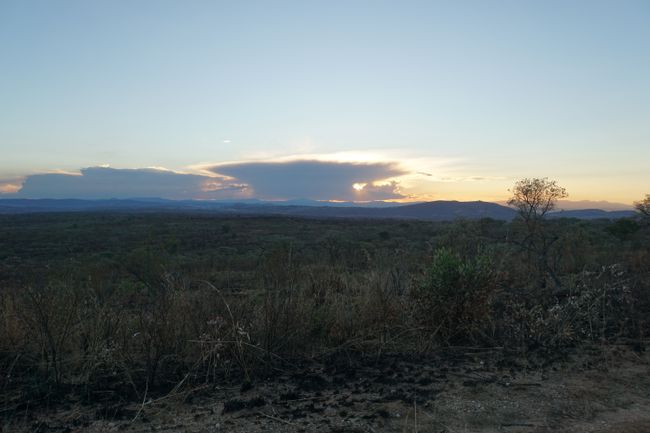
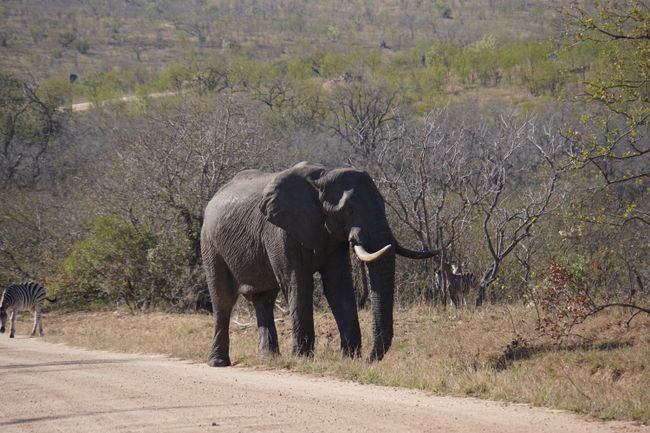
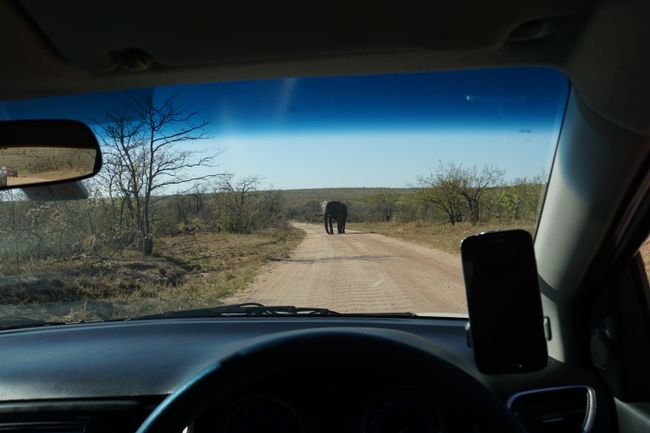
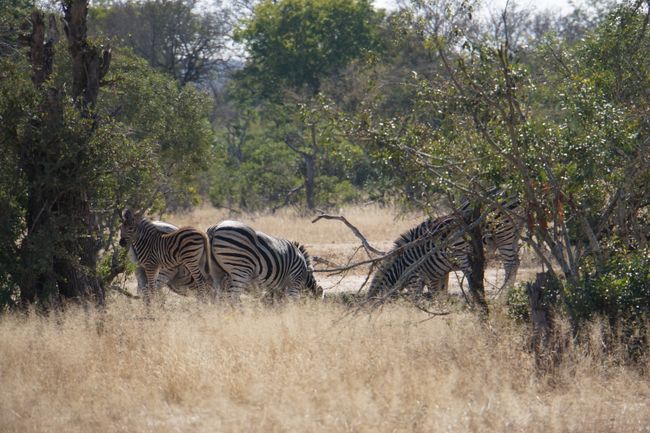
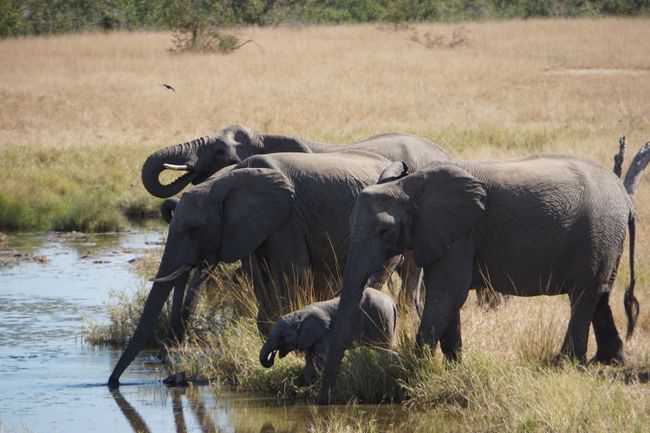
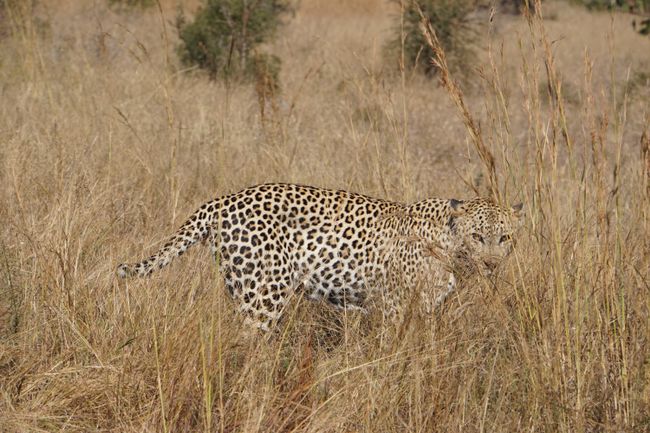
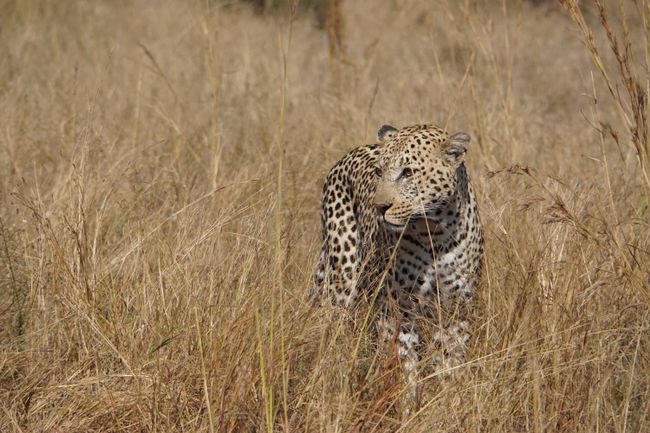
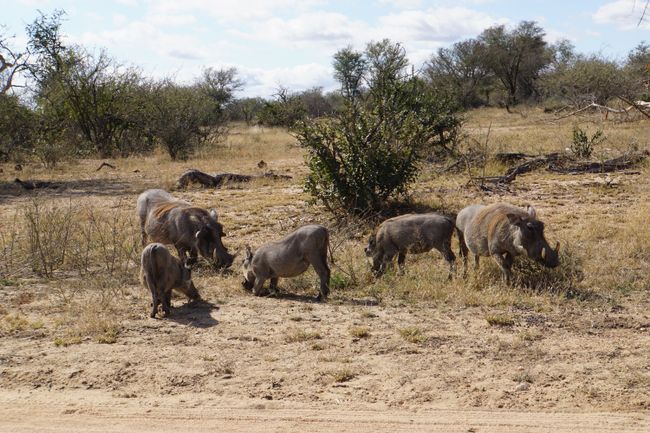
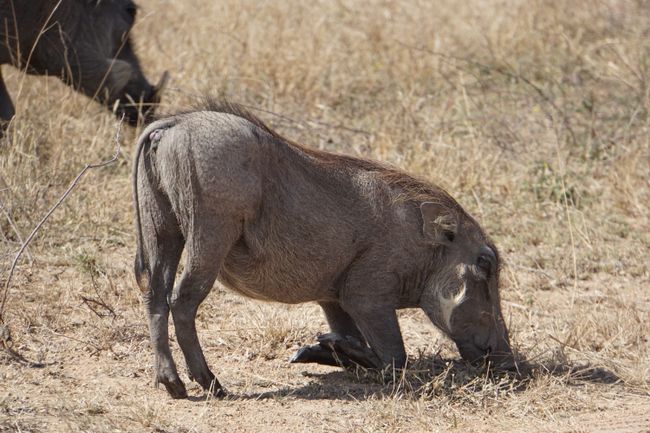
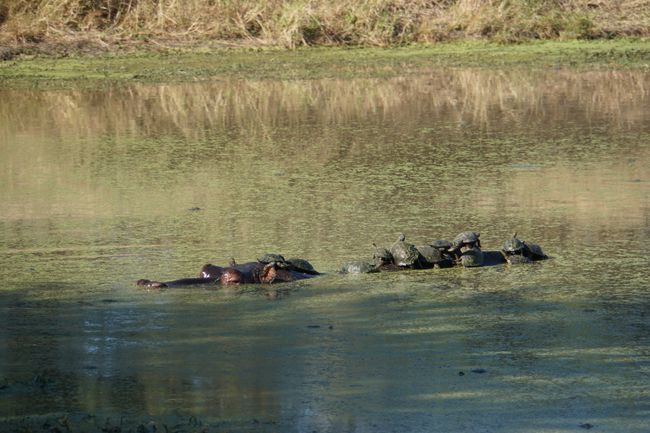
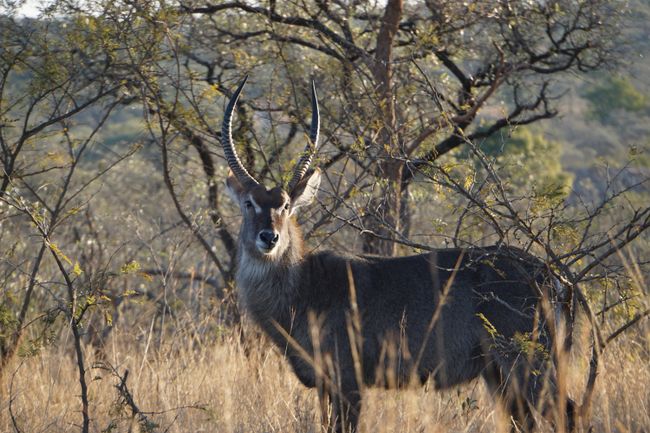
Yatiyäw qillqatar qillqt’asipxam
'What takes a long time - becomes good' or something like that. Due to circumstances (no WiFi) in the last few days, I could not write a new blog post earlier. Although I bought data volume for my phone, I cannot upload pictures with it. It is only suitable for WhatsApp and reading messages. So forgive me for the slightly late report :D I have been back from the Kruger National Park for three days now and spent the last two nights in the Drakensberg mountains (the blog post about this will maybe follow tomorrow :). Today I arrived on the coast near Durban. But let's start from the beginning. The Kruger National Park in the northeast of South Africa is one of the largest wildlife reserves in Africa. The north-south extent is about 350 km, and in east-west direction, the park is on average 54 km wide. Due to the long distances, not only the landscape changes, but also the climate. It is relatively warm in the east and quite cold at night in the west, which of course also affects where different animals are found. The area of around 20,000 square kilometers is completely fenced and can only be accessed through certain gates. The fencing is intended to prevent animals from wandering into villages and to protect them from poachers. At the gates, you have to register and indicate how long you want to stay in the park and whether you will also be staying overnight. Furthermore, the car is checked for weapons, etc. to prevent poachers from entering the park. When leaving, you will also be checked to ensure that you don't take anything unauthorized with you. I had booked five nights in the southern part of the park in advance and also ordered a Wildcard. The Wildcard is like an entrance ticket because otherwise you have to pay admission. With the Wildcard, you can also enter other national parks in South Africa. The overnight stays take place in special camps. I slept in a total of three camps and was able to plan my day trips from camp to camp. I spent the last three nights in the same camp and planned my tours around the camp. You can imagine the camps a bit like a Center Parc. It is a large fenced area where you can find a shop, a restaurant, a pool, etc. The doors to the camps open at 06:00 am daily and close at 5:30 pm in July. It is already completely dark in South Africa at this time. No one is allowed in the park before or after this time, only in the camps. If you arrive late, you will be fined. Only booked tours with rangers are also allowed to take place outside of these times. But I didn't participate in any of these tours, more on that later. Back to the camps! You always have the choice between a bungalow with a bathroom, a hut with a shared bathroom and a shared kitchen, or camping or parking your caravan. I slept in huts for a total of three nights and in bungalows for two nights. The standard is relatively low and it has a weird smell in the accommodations, but you have a bed and it is relatively clean, so it is sufficient. This also somehow creates an African/Safari feeling. The cool thing is that there is a grill in front of each hut/bungalow. Sprayed with anti-mosquito spray, I grilled every evening because I didn't have any cooking utensils for the shared kitchen. Unfortunately, the Kruger National Park is a malaria area, so there is always a risk of being bitten by a mosquito. I took this risk very seriously, even though in the southern part of the park and during the South African winter (June-October), there is said to be a low risk. So I impregnated all my clothes with a certain product and always sprayed any exposed skin. Furthermore, I always had a mosquito plug active in the room. In the end, I didn't even see a single mosquito and was quite happy about that. In the camp shops, you can get everything you need for grilling, although it is a bit expensive. The selection of meat is not only limited to pork, beef, and chicken, but you also have the opportunity to try impala, kudu, springbok, or buffalo. Let's just say, I ate very well every evening, and everything I tried tasted good :) Thanks to my Thuringian genes, there was a different grill specialty every evening, not just meat :) Let's talk about the 'safaris' and animal observations. I designed my five days in the park very similarly. I was driving myself every day and didn't join any 'drives'. Self-driving means getting in your car early in the morning and just driving around looking for animals. You can book 'drives' in the camps, and they take place at different times. During the drives, a ranger drives you around for usually three hours, and you sit on a kind of platform on the roof of the jeep, as most people probably know. But I thought to myself, what they see, I will see too. Furthermore, I didn't want to be tied to any specific times and wanted to save costs. So I decided not to join. I got a map from the shop when I entered the park, on which all the roads were marked. In the park, there are paved roads where you can drive up to 50 km/h, and there are a lot of gravel roads where you can drive up to 40 km/h. But if you really want to see animals, you shouldn't drive faster than 25 km/h. So every evening, I thought about where I wanted to go and which roads to take. It must be noted that you are not allowed to get out of the car outside of the camps. Planning toilet breaks was always a big challenge because there are not many camps. I spent most of my trips on the gravel roads, and often, I was alone on these roads. There was relatively heavy traffic on the paved roads, and as soon as an animal was spotted, the drivers' brains suddenly shut down. However, it often happens on the gravel roads that you drive for an hour without seeing another car, which is quite nice. If you then see an animal, you are often completely alone with it. However, in general, I expected to see a lot more animals. My expectations were that elephants, giraffes, zebras, and lions would cross my path every few meters, but that's not the case. It often happened that I drove for two hours without seeing a single animal. Due to the speed limits, you sometimes drive for three hours for a total of 80 kilometers. Nevertheless, I saw many animals, but considering the total of five days and over 500 kilometers of driving, it was actually not that many. Searching for animals can be compared to searching for mushrooms. Giraffes and zebras are like chestnuts. Elephants are beautiful porcini mushrooms. Rhinos, lions, and leopards, on the other hand, are super rare truffles. But it's not uncommon to come home empty-handed. The big goal of every safari-goer is to see the Big Five. The Big Five are the following animals: rhinos, elephants, buffalos, lions, and leopards. While you can still see elephants and buffalos relatively often in the park, the other animals are a real challenge. After two days of safari, I had already seen quite a lot of animals, but so far, I hadn't seen a lion or a leopard, and the frustration was already quite big. On the third day, I finally had the luck to spot a lion in the distance, what a highlight. It was just preparing for its midday nap and rolling around on the ground. I watched the lion from a distance for almost two hours and enjoyed this moment. The fourth day went almost without any animal sightings, and I still hadn't seen a leopard, so I could not claim to have seen the Big Five. On my last day of safari, I was already a bit annoyed by cars stopping for elephants or giraffes because I had already seen a lot of them. But when I photographed a herd of elephants by a waterhole again, a car passed me. A child from the rear window called out to me excitedly: Mister, Mister a little bit up the Hill, there is a Leopard. When I heard the word leopard, I was already stepping on the gas pedal. I drove slowly and looked to the left and right, but there was nothing to see. After two kilometers, I was already cursing the child. But then I saw a large number of cars blocking the entire road. As mentioned before, most people's brains shut down in such situations. So I drove slowly and realized that I couldn't see anything. After five minutes, no car moved away from the road, and I was already internally frustrated and considered turning around to observe the elephants again. But then, the leopard walked right behind my car. I seized the opportunity, sat on my car window, and had the opportunity to take photos of this beautiful animal. This was my absolute highlight in the Kruger National Park, and I was probably the happiest visitor in the park for the rest of the day. Not only did I see a leopard, but I also saw all of the Big Five. After the third day, I was already a bit annoyed and regretted spending a total of five nights here. But I didn't expect to complete my Big Five on the last, fifth day, so I can only recommend staying in the park for a little longer. In the end, I still saw a lot of animals, and it is an indescribable feeling to get so close to them. Sometimes, however, it can be a bit scary when an elephant bull appears on the road in front of you, then it sometimes just means reversing. In the five days, I took over 800 photos, and I hope I have selected the best ones for you. I think the photos give you a better idea of what a great experience such a safari is. I can only recommend it to everyone.
Yatiyäw qillqatar qillqt’asipxam
Jaysawi
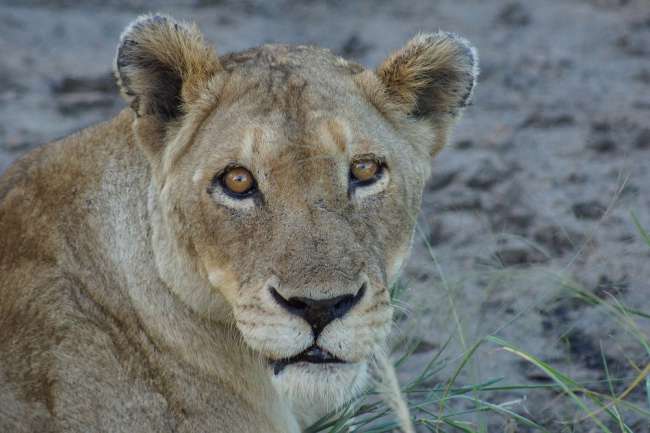
Viajes ukan yatiyawinakapa Sudáfrica markanxa
